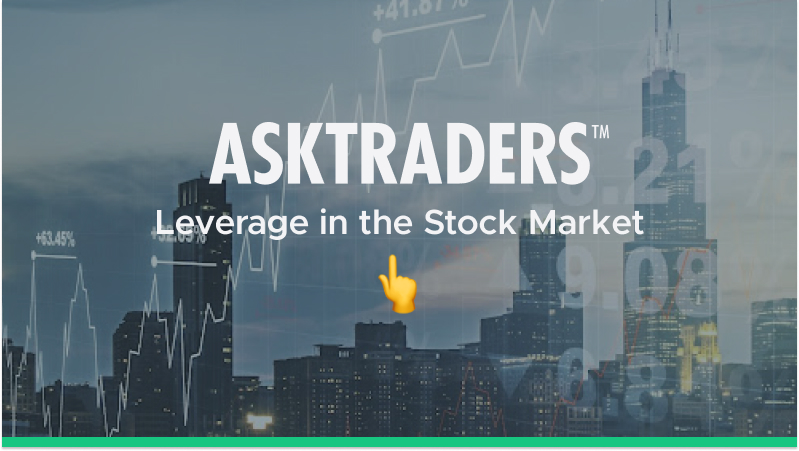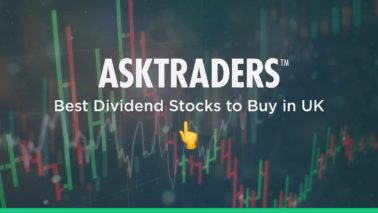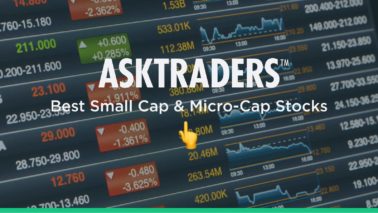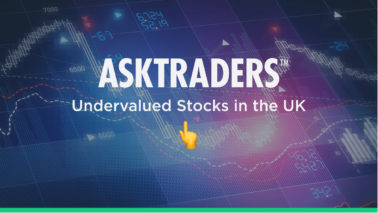Learn To Trade Stocks (243)
Did you know that 90% of traders fail to make money when trading on the stock market? Here at AskTraders we’ve made it easy for you to learn to trade stocks. Our handy guides will help you on your trading journey as you aim to become one of the 10% of traders who profit from the stock market.
Along the way, you’ll learn everything from taking your first trading steps to more advanced strategies that will help you beat the market. In addition, you’ll also discover the secret tips of professional stock traders. So, when the time comes to make your first trade, feel confident that you have everything you need to be a successful stock trader.
How do you learn to trade stocks?
If you are eyeing to learn to trade stocks, there is a wealth of easily accessible information out there. Here are some of the standard methods that beginners generally employ to learn about the stock markets.
- A crash stock market course.
- Read books by industry experts like Jack Schwager, Martin Zweig, John Murphy.
- Monitor financial sites like Yahoo Finance, MarketWatch, Wall Street Journal, Reuters, and AskTraders.
- Study markets using fundamental and technical analysis from the tons of free online resources.
- Paper trading.
- Find a good online broker and open a trading account.
Can stocks make you rich?
The stock markets have created thousands of millionaires, so yes, you can become rich by owning stocks. Take the example of Apple Inc., which publicly listed on December 12th 1980 at $22 a share. Since then, the stock has split four times, and on a split-adjusted basis, the IPO price is around $0.39. On August 8th 2020, Apple settled at $455.61 apiece.
So, if you had invested in 100 shares during the IPO, your $39 investment based on the split- adjustment value would be worth $45,561 today, a whopping return of 116,723% in 40 years.
Can I trade stocks by myself?
Yes, you can trade stocks by yourself; it is pretty simple and straightforward. All you have to do is: 1. Open an online account with a reputable broker. 2. Deposit funds. 3. Start trading.
You can learn more about CFDs and stockbrokers, compare the minimum deposit, trading fees, app support, leverage and other features on Asktraders.com.
How long does it take to learn to trade stocks?
If you’re new to the financial markets, it could take you a few months at the least. For beginners in stock trading, the learning curve depends on factors like individual situations, approach or mindset that could either speed up or slow down the process.
However, if you’re familiar with the other asset classes and have traded earlier, it could take about a week or two to comprehend stocks. To summarise, it doesn’t matter if you take a week or a year to learn. Ensure that you have sufficient knowledge before you start investing.
How easy is it to learn to trade stocks?
Learning to trade stocks is easier than you think. In this era of digitisation, you can freely access several online resources like ebooks, video on demand, webinars and other training materials besides signing up for demo or paper trading accounts.
While the resources assist individuals to efficiently learn about stock investing, it is the implementation that you should be worried about, because that’s where a majority of traders generally go wrong. If you’re able to control emotions and implement what you learn, stock trading should be a walk in the park.





































